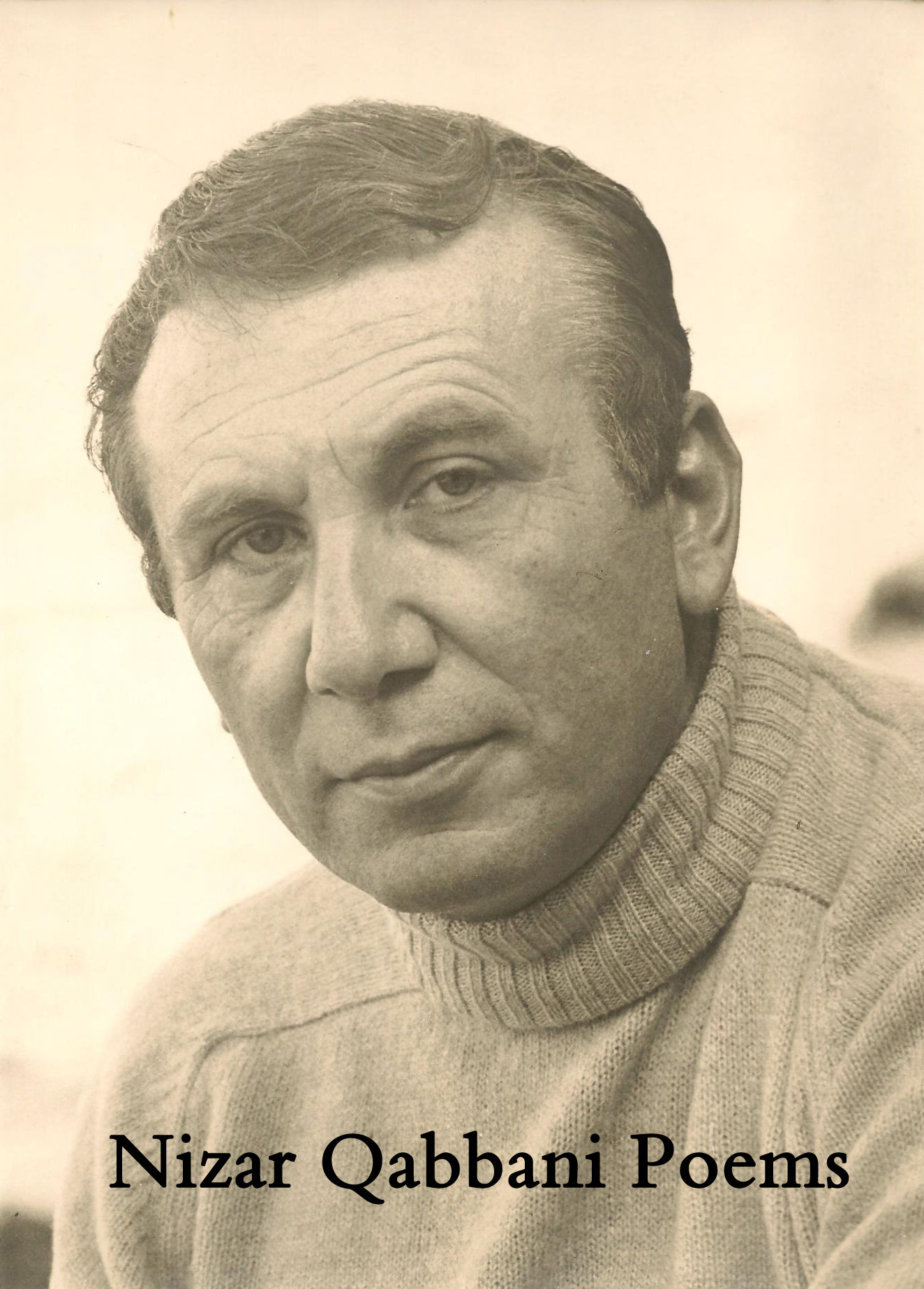


One might expect that this would destroy any hope for change-especially in Syria, where, as George Washington University professor Marc Lynch noted in 2013, “The promise of the Arab Spring way to Syria’s highly visible and protracted violence, divisive identity politics, focus on international intervention, crushing of expectations, fragmentation of the media landscape, state failure, and strategic proxy warfare.” The Arab Spring was a massive shift, one that has thus far resulted in military and political regimes’ continued use of violence to crush the ambitions of protesters and teach them the consequences of resisting the status quo. We had become too afraid to express our resentment, voice our opinions, or protest against injustice. This fear of dissent had been instilled in us by the ruthless actions of our rulers-such as the 1982 Hama massacre in Syria, in which President Hafez al-Assad ordered a military assault on protesters that killed up to 40,000 people and decimated entire neighborhoods.

Prior to 2010, politics was, for many of us, a red line that we were unwilling to cross. They have also reshaped citizens’ relationship with the sovereign, setting a crucial precedent for challenging the persistence of authoritarianism.Īs citizens of the Arab world, we had long been taught to blindly obey the leader and never dare challenge authority. The revolts have enabled their participants to not only dismantle a deeply embedded system of political fear, but also to gain political maturity and faith in their own ability to make change. Despite its failure to fulfill protesters’ aspirations for functioning democracy, the movement that began in 2010 profoundly changed the political consciousness of the region. As Columbia University Iranian Studies professor Hamid Dabashi notes in his 2012 book The Arab Spring: The End of Postcolonialism, the movement is an “open-ended” work that marks a “new language of revolt.” Through direct action and civil disobedience, many nations in the region have seen a shift from the long-entrenched politics of fear and obedience to one of resistance. The Arab Spring was never going to be a single event, a single attempt to topple one particular ruler or replace one regime with another. In Syria this month, protesters against the Assad regime marched holding signs that said, “Syria-Egypt-Iraq: You’ve revived the spirit of the Arab people, from the Ocean to the Gulf!” But the emergence of a new wave of uprisings every few months is further proof that what started in Tunisia in 2010 was only the beginning of a process that could continue for generations to come. The failure of previous revolts has led many to predict the death of this ongoing movement. Protesters are back on the streets across the Arab and Muslim world, in Iraq, Egypt, Syria, Algeria, and Sudan, crying out the famous slogan of the Arab Spring: “ Al-shab yurid isqat al- nizam!” (The people want the fall of the regime!) The protesters who have taken to the streets this year-including thousands who have been injured recently in Iraq-still aspire to achieve freedom ( hurryia) and dignity ( karama). In the Midst of Chaos, an Invincible Arab Spring


 0 kommentar(er)
0 kommentar(er)
